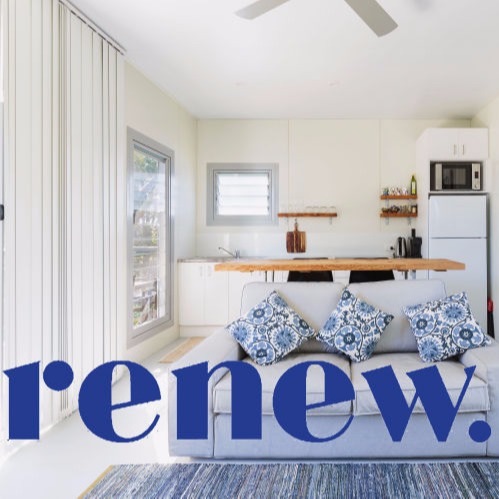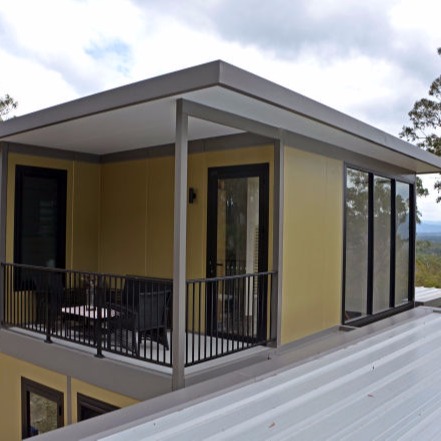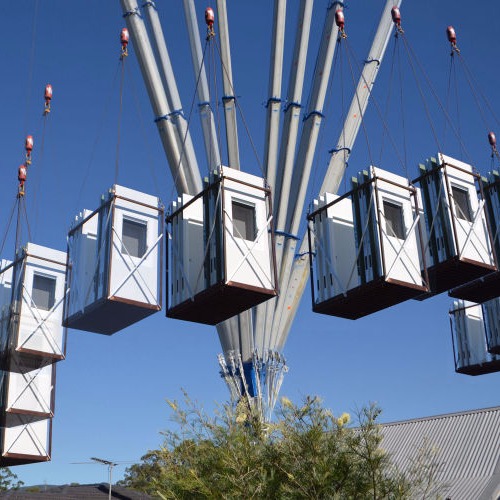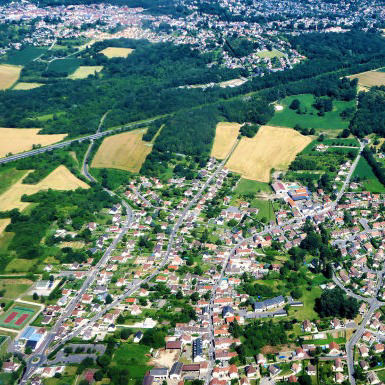Sustainable ‘flat-pack’ homes that can change with your needs
Article:
Construction manager Daniel Reitsma started in the building trade as an apprentice straight from school. He has always had an interest in smart design projects with a sustainable edge.
“Homes built from rammed earth or mud bricks are wonderful in theory, but they are resource-heavy and expensive,” Reitsma says. “I was curious about how I could encourage more people to think outside the box and build efficiently and sustainably.”
Read More...
Sanctuary Magazine: Riverside Retreat
Article:
“We wanted somewhere for my 93-year-old mum to live in the future, with the versatility of being able to use it for short-term accommodation or for family and friends, that was reasonable in cost and could be done quickly without major disturbance to our gardens and neighbours” says Jeff.
The Flat had to be affordable and achievable within the constraints of their property, which is in a flood zone, has a BAL-12.5 bushfire rating, is on a slope and is difficult to access for heavy machinery. They also wanted it to be low maintenance and energy efficient, and the exterior had to fit with the sleek lines and raised level of their existing house.
Read More...
First Impressions of a MAAP House
Article:
At first glance the MAAP house is somewhat boxy which may not be to everyone’s taste, but it has a cubist, post-modern vibe. Although there are lines and rectangles visible around the home which are formed by the panelised building method, there is continuity to the façade. The panel join lines are equally spaced, the windows and doors are centred within each wall panel and there are full height windows or sliding doors that fill the space of one or more wall panels. The façade has a two toned colour palette with one colour providing the base and the other providing accents. Accents are available in a range of colours from the colourbond palette, and the base colour can be chosen from any paint swatch. MAAP House’s gently sloping roof has extra-wide eaves that provide shade around the home while still maintaining the mid-century appeal.
Read More...











